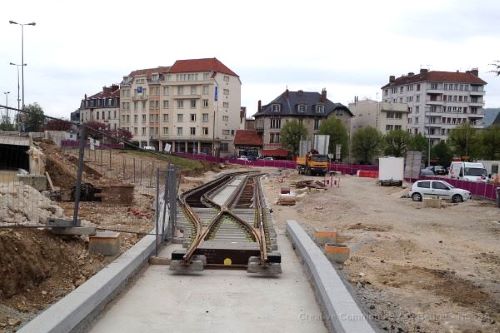SOPAST
Territories and societies of the past
Territories and societies of the past
Our societies: What impact do they have on territory?
3. Analyse the place of places of worship and power in society and their impact on settlement (polarisation of habitat), spatial organisation, and the establishment and management of communication routes (sea routes, passes, rivers, etc.), all of which are closely linked to the continuation and/or creation of networks.
4. Clarify the nature of interactions between rural and urban areas. By analysing rural settlement patterns in conjunction with the evolution of the urban system, it will be possible to characterise more precisely the common development paths of settlement patterns. In this context, the question of the role of elites in society and their position in territories seems to touch on all the above issues.



